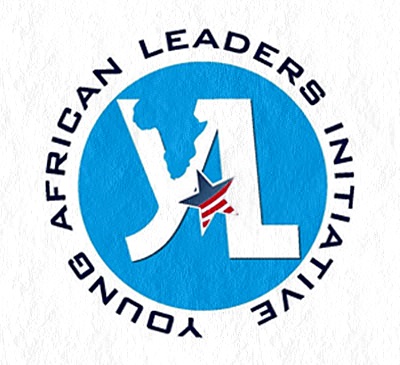Thoughts on Leadership - Part II
On authority and power

One of the leadership initiatives
Leadership is a calling. Authority/power, however, is an assignment, a duty. When you are in authority/power, people follow you because of fear or (and sometimes because of) love; usually they follow because they are afraid of being punished for being non-compliant. This is known as derived authority. It is not leadership. Under authority/power, followers must follow or they will be non-compliant or are ashamed of being non-conformity. A leader does not require authority/power to be followed; people follow a leader because people choose to do so. Leadership is, therefore, an attribute – it may not require authority/power (though authority/power may be a bonus). Under a leader, people follow and are ready to do anything because they want to, because they are inspired to do so. Authority/power commands, leadership inspires. Power is short-lived; leadership is eternal. Power usually requires a position; leadership can thrive and survive without any position of power.
On effectiveness
50-30-20 is the leader’s quadrant of effectiveness: 50% of the time a leader must be THINKING (of ideas, ways, styles, systems and people to envision and move the vision forward); 30% of the time a leader must be CREATING (solutions to problems, well-delegated tasks, better performance targets, real affinity with people, and ultimate implementation matrices); and 20% of the time, the leader must be EVALUATING (progress, challenges, detours, and managing lessons-learned dynamics)!
On vision and dream
Leadership is the only journey that begins from the end (destination). In leadership, the future comes before the present. Anything else is only management. Vision makes a leader, not the other way round. Trying to acquire a vision in the process of leadership is called a dream, not vision!
On task-accomplishment
The Pareto Principle of Leadership (PPL): also known as the 80–20 rule, is the observation and the law of the vital few. In leadership, roughly about 20% of the people accomplish about 80% of the tasks. In any organization, a leader must rely upon a vital few 20% to complete major tasks and assignments. To effectuate PPL, a leader must (a) recognize these vital few in the organization; (b) make them catch his/her vision first; (c) assign essential tasks to these few; (d) appoint these few as captains over the 80%; and (e) monitor progress through these few 20%.
On office
In leadership, the person is more important than the office. The office may have power, privileges and priorities. The office may make the man/woman who occupies it powerful, influential and invincible. But it is only the character and attributes of a man/woman that give the office its gravitas and essence. The office is a vehicle that the leader uses to drive a vision forward to its desired end. A true leader is not defined by the office; a true leader is defined by their character and chi - because a true leader finds a mundane office and makes great, finds a great office and makes it even greater, and finds a greater office and makes it the greatest. Quack leaders debase and devalue an office. True leaders are able to lead even without an office – they influence opinion, events, and systems and people because they are leaders, not because of an office!
On self-encouragement
A leader is and should be a MASTER OF SELF-ENCOURAGEMENT. Leadership is the only place where one does not only rely on encouragement from the outside; one draws from within. A leader who has not mastered the art of self-encouragement will soon throw in the towel and give up. To be able to hang in there till the tasks are accomplished, a leader ought to be: (a) a self-surgeon – the only place where a doctor operates on themselves is in leadership; (b) self-cheerleader – the only place where a cheerleader cheers on themselves is in leadership; (c) self-reveller – the only place where a singer carols their own victories is in leadership; (d) self-waiter – the only place where a waiter/waitress serves their own meals is in leadership. Anywhere else it will be called self-praise, self-ingratiation, self-flattery or pride, but in leadership it is the anchor that keeps a leader afloat on the sea of discouragement, and the only balm that enables the leader to be the first source of encouragement to their followers!
On the soft- and hard-sides of leadership
A true leader has both the soft side and the hard side. No leader accomplished anything simply by being kind, understanding, empathetic, sympathetic and tolerant of others. These are good qualities and have their own soft place. A true leader also has the hard side; tough, aggressive, strong-willed and even dictatorial. What matters is how the leader balances the two in order to provide effective and meaningful leadership. A leader who chooses to use the ‘hard’ qualities must do so in the best interest of the led, to accomplish an assignment that benefits them. Therefore, a balanced leader should know when to be ‘nice’ and when to be ‘not so nice’ or defiant, when to tolerate and when to be adamant, when to give in and when to keep place, and of course, when to be democratic and when to dictate. Both have a place in leadership.
By Charles Mwewa
Author of The Seven Laws of Influence.
